Turns
Speed & Turns
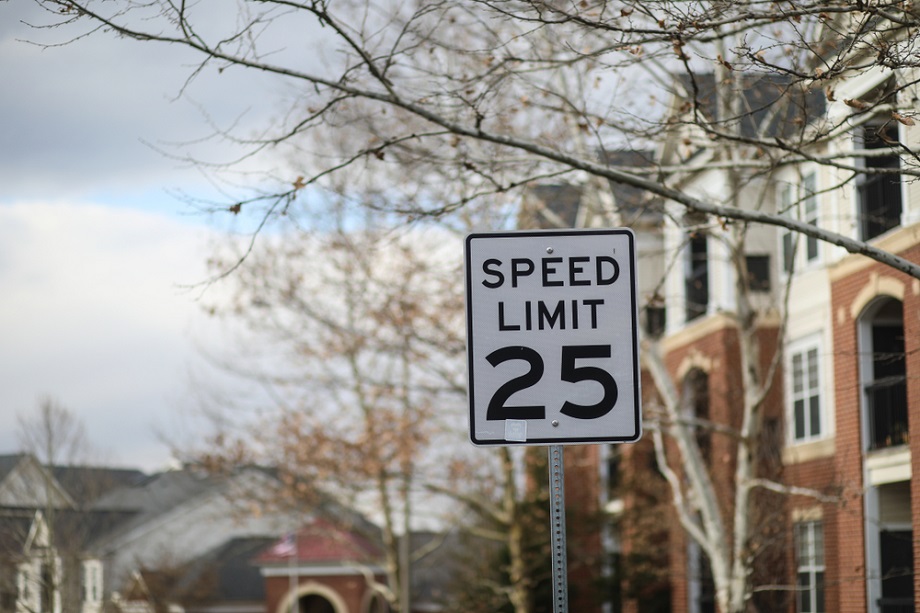 Focusing on as far as possible is totally basic on the off chance that you need to finish the test. Your driving test isn't a race, and driving gradually and deliberately will assist you with passing.
Focusing on as far as possible is totally basic on the off chance that you need to finish the test. Your driving test isn't a race, and driving gradually and deliberately will assist you with passing. On the Day of the Driving Test -- General Tips
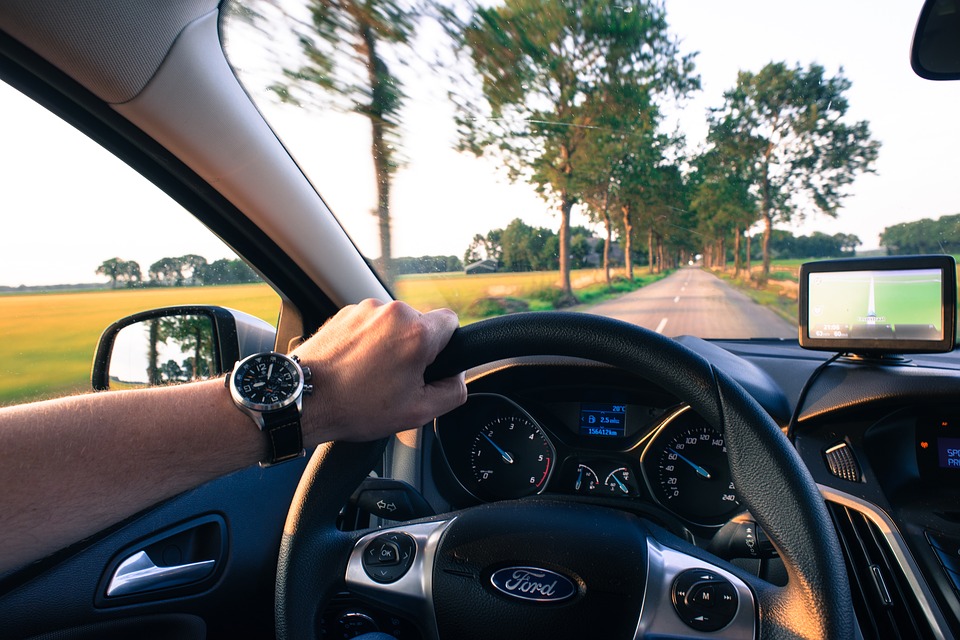
The Night Before Your Road Test

Before You Schedule Your Road Test
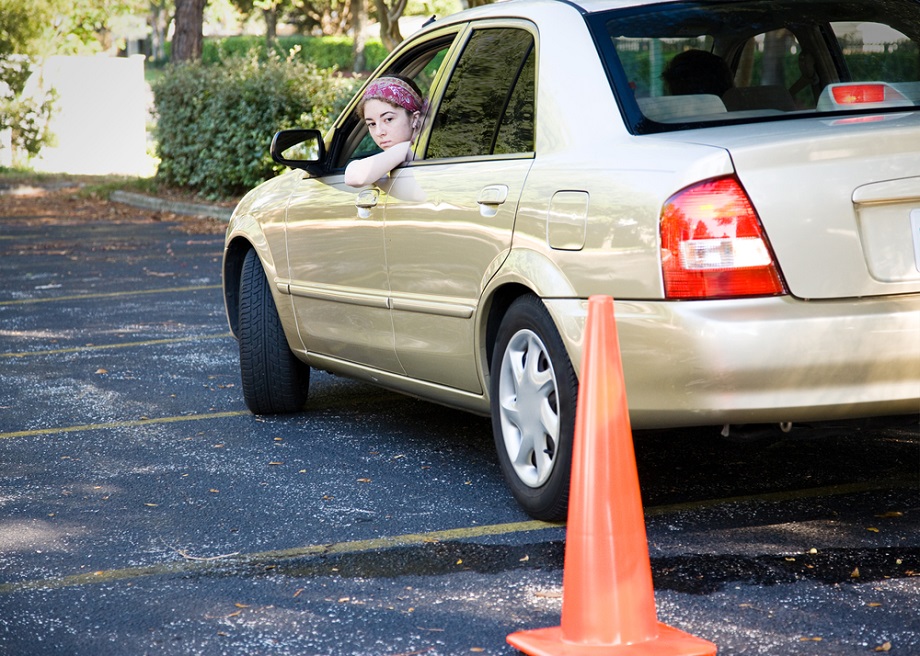
How to Choose a Remote Car Starter
Know Your Car's Requirements

- Many companies will guarantee the remote starter for as long as you own the vehicle. While the system is under a warranty, the remote itself is rarely warranted for more than a year or two, so find out what the remote replacement cost will be.
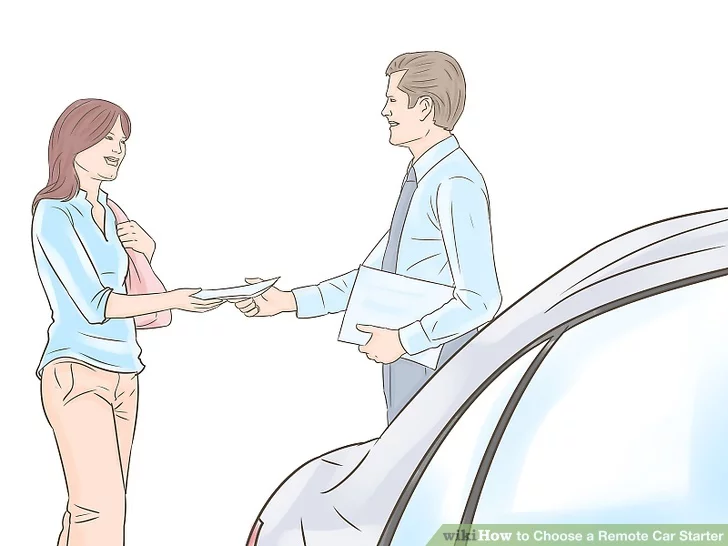
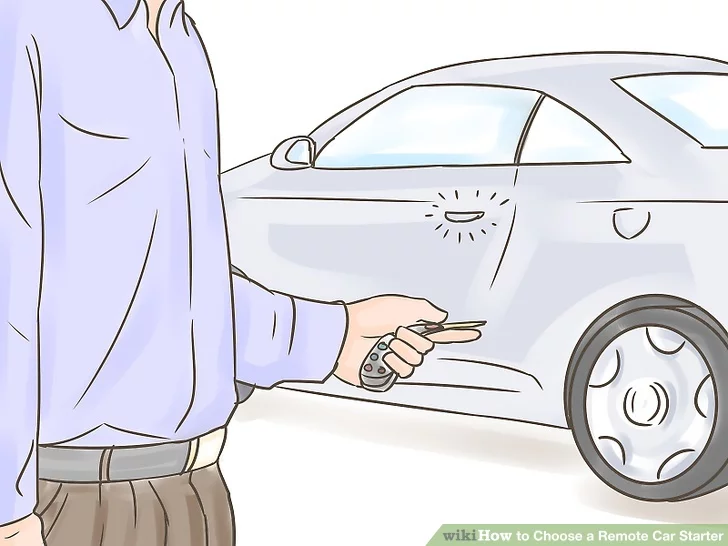
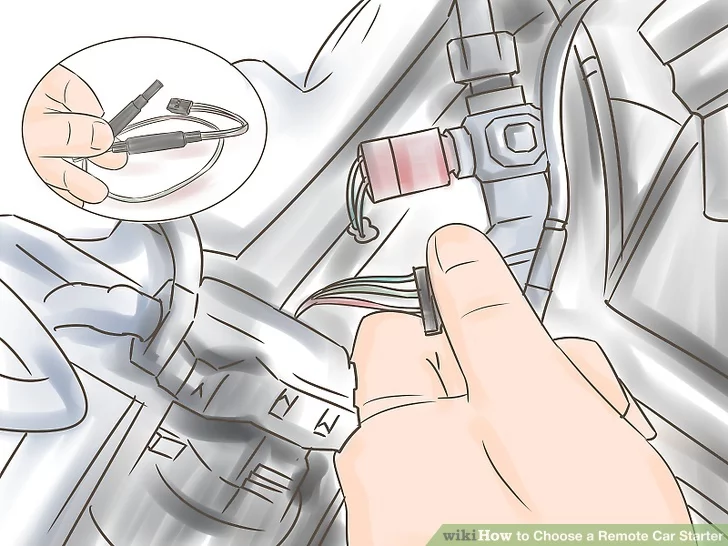
- The monitor will watch your engine’s RPMs to avoid damaging your vehicle if the engine has problems when starting.
- The RPM sensor will also tell the starter that the car has actually not started on a very cold day and try to restart it again. Without the sensor, your starter your vehicle will be cold when you get there.
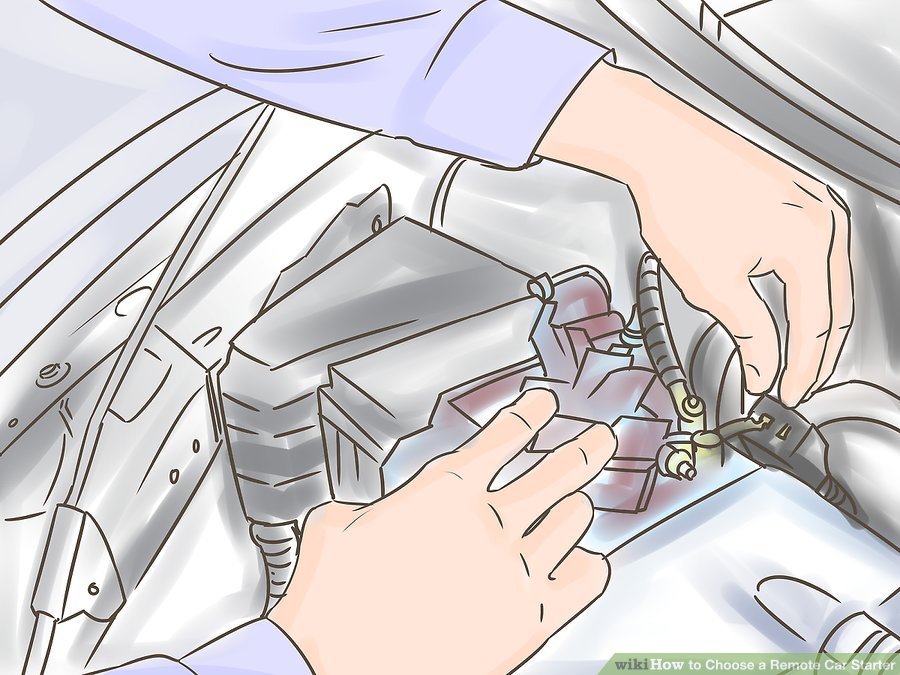
3. Find a remote car starter with a cutoff safety switch under the hood.

4. Consider installing key less entry with your starter if your vehicle doesn’t have it.
If you have manufacturer key less entry, you may consider adding the remote starter key less entry feature with your remote starter. The starter usually has a much wider range making it a lot easier to lock or unlock your doors from farther away.
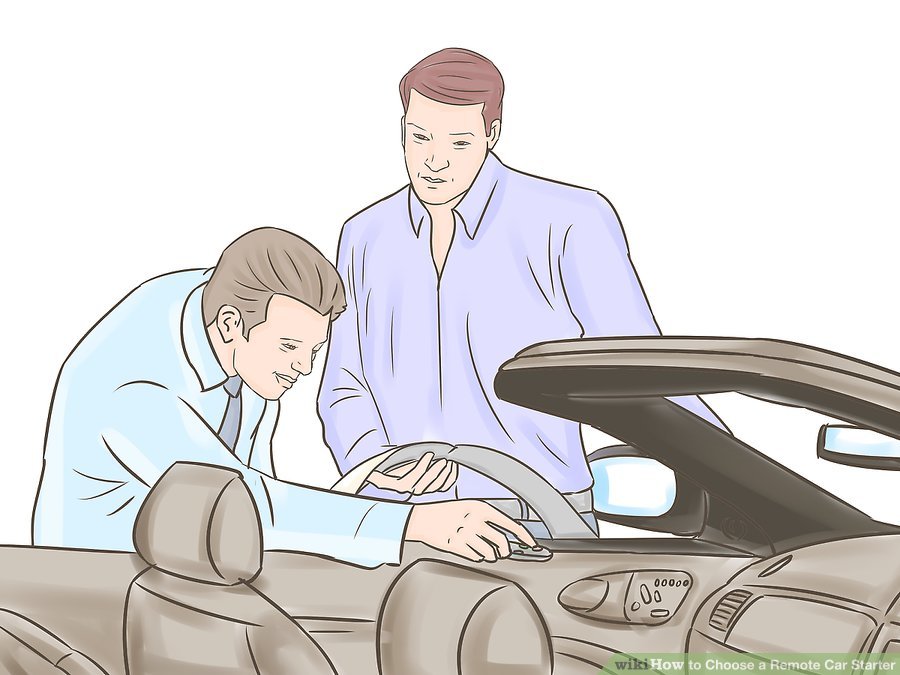
5. Find a remote car starter system that offers a security system as part of the installation process.
The security system can even be added to vehicles that already have manufacturer security.
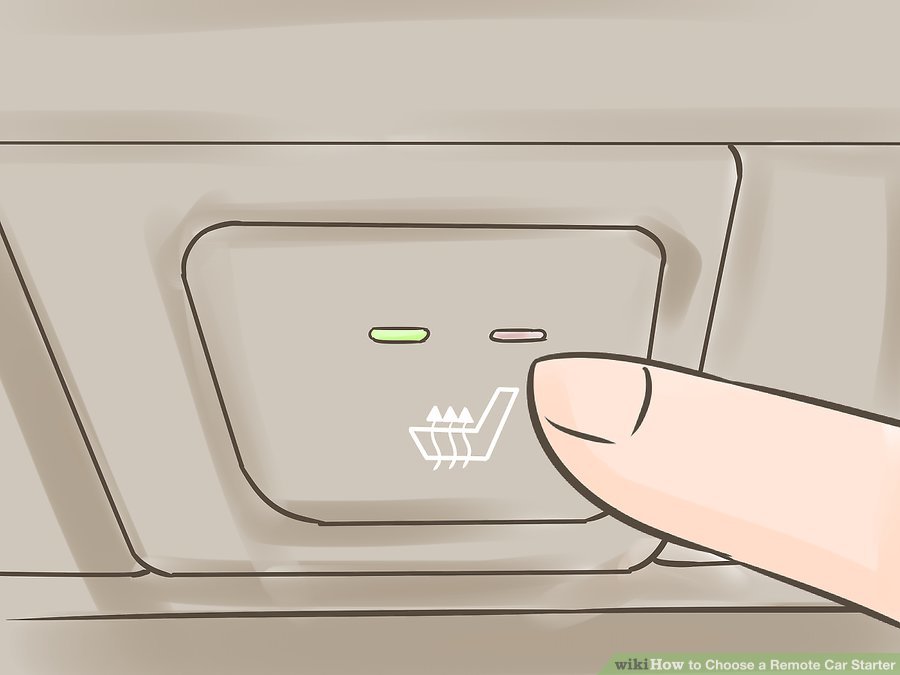
6. Add a few other remote car starter features that may not come standard on every unit.
- Heated seats are an option that can be put in with the car starter. Not only will your vehicle be warm on a cold winter day, your seat will be nice and comfortable too.
- Add rear window defrost so your windows are thawed and ready to go without having to wait for the heat of the car to do it or scrape them yourself.
- Look for anti-grind features that save your engine from a mistaken key turn once in your vehicle. Even if you have your starter for years, the tendency to get in and turn the key is still there. The anti-grind feature will save your starter on those days when you forget your vehicle is on and try to turn the key.
- The car alarm for finding a vehicle is another easy addition to a car starter unit. The horn will sound with a click of a button so you can find your vehicle in large parking lots.
Ensuring that You're Covered

Make sure to find a system that is perfect for your needs and has life-time warranty. Several systems now come with a 2 way remote which will have longer range and will actually confirm that your car started on your remote.
How to drive a manual car - a quick and easy guide with pictures
Although manual gearboxes are commonplace,
automatic gearboxes are increasingly popular –and the art of driving a stick
shift (as the Americans would say) might be in danger of dying out.
If you have never drivien a manual and
want to know the basics read through our dummie's guide and find out how to do
it.
Before you start
Typically, manual cars will have three pedals:
clutch, brake and accelerator (in that order, left to right).
The brake and accelerator pedals are pretty
simple - press the brake to slow down (the firmer you press it, the
quicker you’ll lose speed), while using the accelerator increases the engine’s
revs and causes you to speed up (the firmer you press it, the quicker you will
speed up).
The clutch pedal is the one that makes driving
a manual car more difficult than an auto.
Without going into too much detail, the clutch
is essentially two metal plates that connect the engine to the drive wheels.
So by pressing down on the clutch pedal, you’re
disconnecting the engine from the wheels.
- Getting in the car and put on your seatbelt
- Put the key in the ignition and turn all the way until the engine
starts
- Put the clutch pedal down (this the pedal on the left)
- Move the gear stick into first gear
- Use your right foot to press down on the accelerator gently
to increase the engine’s revs very slightly
- Slowly lift the clutch pedal using your left foot until it starts to
vibrate gently
- This vibration is known as the car’s “bite point” - this is where the
clutch plates start to come together.
- Remove the handbrake and the car should start to move slowly
- Increase the revs while slowly raising your foot off the clutch
unit you are moving forward with only the use of the accelerator pedal
Remember - if you’re too quick lifting your
foot off the clutch, or don’t give it enough revs, the car will stall: that’s
where the engine cuts out and the red lights glow on the dashboard.
If you stall apply the brakes, turn the engine
off, return the gear stick to neutral and begin the process again.
How to avoid damaging
the clutch
Over time, you’ll get used to a car’s clutch
and have a good understanding of where its bite point is, as well as how many
revs you need to give it to move off. It sounds complicated but you’ll develop
a natural feel for it with practice.
If you’re not careful, though, it can be easy
to wear the clutch out prematurely – and that’s likely to cost at least
£300, rising well into four figures for some cars. Follow these tips and your
clutch should easily last for well over 100,000 miles:
Don’t use the clutch
to hold the car on hills or creep forward at junction
If you’re waiting at a junction, in traffic or
at a roundabout, it’s tempting to hold the car at the clutch’s bite point,
allowing you a quick getaway when you can move. But this can cause unnecessary
wear, especially if you do it often. Stop, put the handbrake on, and only use
the clutch when you’re ready to pull away.
Don’t hold the clutch
down when you’re stopped
Again, it’s tempting to leave your car in gear
and keep your foot on the clutch when you’re stopped in traffic. This puts a
lot of pressure on the clutch release bearing, however, which could wear out
quickly if you do it regularly.
Keep the revs to a
minimum
To avoid stalling, especially during hilly
manoeuvres, many drivers are too heavy with the accelerator. This can cause
unnecessary wear on the clutch plates. You need a minimum amount of revs to get
the car to move – and if you’re gentle enough, most cars can move without
using the accelerator at all.
How many gears do manual
cars have?
Years ago, was normal for manual cars to have
just four gears. In theory, this would make them easier to drive than the cars
of today, but back then you’d also have to learn old-fashioned techniques such
as double declutching as they didn’t have synchromesh gearboxes. Gearboxes were
also much vaguer than today, making it more difficult to find gears.
Today, most cars have at least five gears,
although six gears are becoming increasingly common. By having an extra-high
sixth gear, the engine can run at little more than tickover during motorway
cruising, helping reduce fuel consumption.
Seven-speed manual gearboxes are rare but they
do exist – you can get one in supercars such as the Porsche 911 and
Chevrolet Corvette.
What are the
advantages of manual gearboxes?
Whether you prefer manual or automatic
gearboxes will come down to personal preference, but there are some clear
advantages to driving a manual.
For a start, they’re generally cheaper to buy
and better on fuel than automatics.
There are a number of reasons for this
– automatic gearboxes are usually heavier than manuals, and traditional
torque-converter auto ’boxes would waste energy building the resistance of
hydraulic fluid to transfer drive from the engine to the wheels.
Manual gearboxes are generally better for those
who like to feel in control, too.
If you’re planning an overtake, for example, in
a manual you can drop down a gear in advance for a quick reaction when you need
the acceleration. In an automatic, there might be slight hesitation when you
floor the accelerator. Today, many automatics come with manual or sport modes
for this situation, however.
The same applies in poor conditions such as
driving across a muddy field or in the snow.
An automatic gearbox might get confused and
select the wrong gear, spinning the wheels or struggling to maintain momentum.
In a manual, you can select a higher gear to
increase torque, or slow down using the gears rather than the brakes, helping
the driver remain in control.
How to 'heel-and-toe'
When you get used to driving a manual, you may
wish to learn more advanced driving techniques such as how to “heel-and-toe”.
The name of this is actually a bit misleading – the pedal setup of cars
used to mean you could increase the revs of the engine by toe-ing the brake
pedal and blipping the throttle with your heel.
Today, it’s easier to rest the left of your
right foot on the brake and blip the accelerator with the right half of your
foot. The benefit of this, when slowing down, is to enable you to rev match as
you work down through the gearbox as you brake.
In truth, it’s a little unnecessary
– during normal road driving, there’s little to be gained by doing this
rather than slowing down using the brake before disengaging the clutch and
selecting an appropriate gear, rather than overlapping braking and changing
gear.
Once you’ve learned how to do it, however, it’s
a satisfying skill – and if you ever take your car on a track day, it
could shave seconds from your lap times. If you’re thinking about doing it for
the first time, it’s best to try it on private land without any other cars
about and also read our step by step guide to attending your first track
day.
How to Drive
- Read the driver's handbook provided by the DMV or your local department that regulates driving and automobiles. This may be found online on the official government website. If you do not learn the rules, you won't be able to get your permit.
- Some basic rules and common sense safety precautions that everyone should know include: stopping for pedestrians, obeying traffic signs, staying within the speed limit, handling emergencies, and wearing your seat belt.
2. Get your permit. Your permit will allow you to drive with adult supervision and a curfew. Learn your state's laws to see what age you need to be to apply for a permit (typically between the ages of 14 and 17) and what you need to do to get it. [1] Here are some general guidelines:
- If you're a minor, you'll need the signature of your parent or guardian.
- You'll have to pass a written test about driving rules and regulation and safety on the road.
- Some jurisdictions will require a certain number of hours of “behind-the-wheel” driver’s education in order to get your license.
- If you are still in school, your school may offer classes in driver's education.
3. Practice driving. Once you have your permit, you need to hone your driving skills. Before you take your car on the highway, you need to practice getting comfortable behind the wheel. Take it one day at a time and be patient. Nobody's a perfect driver at first. Here are some tips:
- Practice with an adult that you trust. Drive with a responsible driver over the age of majority who can guide you and give you advice without getting frustrated. By law, the adult may have to sit in the front seat and have gotten their license.[2]
- Practice in an isolated and safe location, such as an empty parking lot on the weekends. This will help you understand the way your car accelerates, how your brakes work, and how to generally maneuver your car. Each car is different and it's important to get a feel for what makes your car unique.
